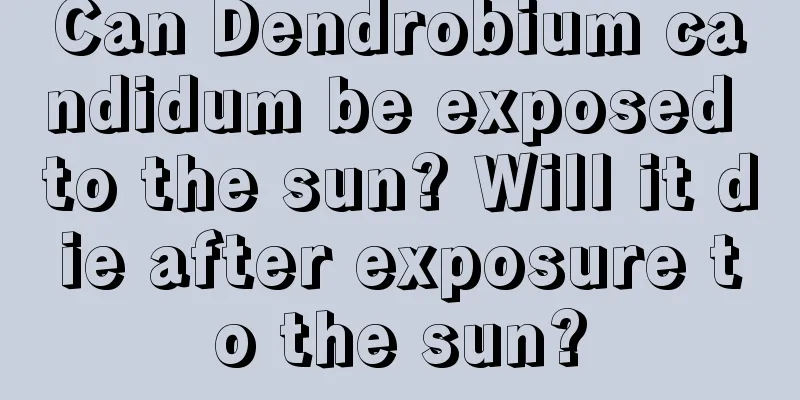Lettuce cultivation methods and precautions

1. Maintenance methods1. Substrate: Lettuce will grow better if planted in slightly acidic soil. You should choose well-drained and loose soil. Its roots are shallow and its absorption capacity is relatively weak, so sandy loam can be used for planting. 2. Light: Lettuce is a plant that likes cool weather and cannot tolerate high temperatures. However, it also needs sunlight and good ventilation. Long-term exposure to sunlight will cause it to grow too tall. 3. Temperature: The temperature during the breeding period can be maintained at around 15℃-20℃, and it needs to be cooled down when the temperature is too high. 4. Water: In the early stage of lettuce growth, watering should be neither dry nor wet, but in the later stage, sufficient water is required. Lack of water will cause the stems to age and taste bitter. Just wait until the soil is dry and then water them appropriately. 2. Breeding techniques1. Sowing: Lettuce can be planted in spring. Place its seeds on the soil and cover it with a film. 2. Overwintering: Lettuce cannot tolerate low temperatures. If you grow it in winter, it is best to grow it in a greenhouse with fertilizer. 3. Problem diagnosis and treatment1. Viral disease: When lettuce is infected, it will have mosaic leaves. It needs to be treated with 1000 times diluted 50% carbendazim, once every week, and a total of about 4 sprays are required. 2. Aphids: Use 20% virus A per pound of water and spray it in 500 pounds. Do not use it under direct sunlight. It should be sprayed after it cools down. The medicine can be used at any time on cloudy days. IV. Other issues1. Can it be planted in the ground: Yes, it can be planted in the ground. It has a wide adaptability and a wide planting range. Choose fertile land that can be drained and irrigated, and the temperature should be controlled at the most suitable temperature for lettuce growth. 2. Is it poisonous? Lettuce is not poisonous. It is a kind of vegetable, so it is not harmful to humans. |
<<: The breeding methods and precautions of Wengzhu
>>: Cultivation methods and precautions of black persimmon
Recommend
What to do if hyacinth bulbs are moldy
Growth conditions of Coccidium species: If the bu...
Cultivation methods and precautions of wedding dress spider plant
1. Pay attention to shade Wedding Chlorophytum is...
What is lettuce?
What is lettuce? Lettuce is usually a seasonal ve...
What are the benefits of watering flowers with soy milk? The correct way to water flowers
Benefits of using soy milk to water flowers Soy m...
Prevention and control of leaf softness and dehydration of Venus flytrap
What is the leaf dehydration disease of Venus fly...
Aloe cutting method
Aloe is a herbaceous plant of the Liliaceae famil...
Cultivation methods and precautions of zinnia
1. Watering Just keep the soil moderately moist. ...
How to grow Phlox
1. Maintenance methods 1. Temperature: April to O...
How do longan seeds germinate? Can fresh longan seeds germinate and survive?
Longan seed germination method Method 1 : Select ...
What are the cultivation methods and precautions of pine red plum
Introduction of Pine Red Plum Pine Red Plum is a ...
How to water Mo Lan
How to water Usually when growing Mo Orchid indoo...
Why can't you grow osmanthus in pots at home? Why can't you grow osmanthus in pots at home?
Can I grow Osmanthus fragrans at home? You can pl...
Cymbidium orchid varieties
1. Main Varieties There are many varieties of Cym...
Can mushroom sticks be used as fertilizer?
Mushroom sticks as fertilizer Mushroom sticks can...
What is the reason why the leaves of the money tree turn yellow?
The money tree is a popular indoor plant in livin...









